Dutch amateur astronomer Eise Eisinga might have left school at 12 years old, but he built an inch-perfect model of the solar system in his living room.


Summary: A sneak peek of an upcoming documentary takes us inside the minds of the leaders in the life extension field and their recent discoveries to ward off the diseases of aging. [This article has been updated and first appeared on LongevityFacts. Author: Brady Hartman.]
Leaders in the field of longevity research plan to help us live healthier, longer lives with their recent scientific discoveries.
Sixteen of the leading scientists in the field of life extension, called geroscientists, are showcased in a new PBS documentary called “Incredible Aging: Adding Life to Your Years.”
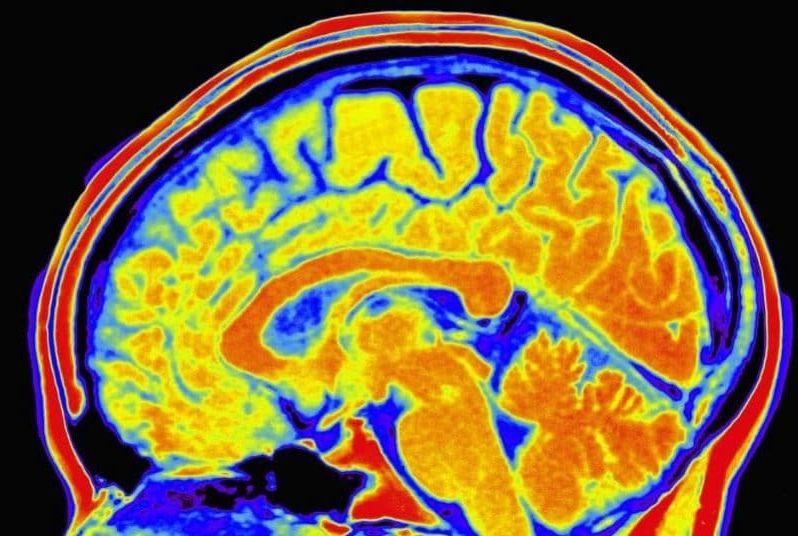
I ntelligence could be measured with a swab of saliva, or drop of blood, after scientists showed for the first time that a person’s IQ can be predicted just by studying their DNA.
In the largest ever study looking at the genetic basis for intelligence, researchers at the University of Edinburgh and Harvard University discovered hundreds of new genes linked to brain power.
Previous studies have suggested that between 50 per cent and 75 per cent of intelligence is inherited, and the rest comes through upbringing, friendship groups and education. That figure was calculated by studying identical twins who share the same DNA, therefore any differences in IQ between them must be non-genetic.
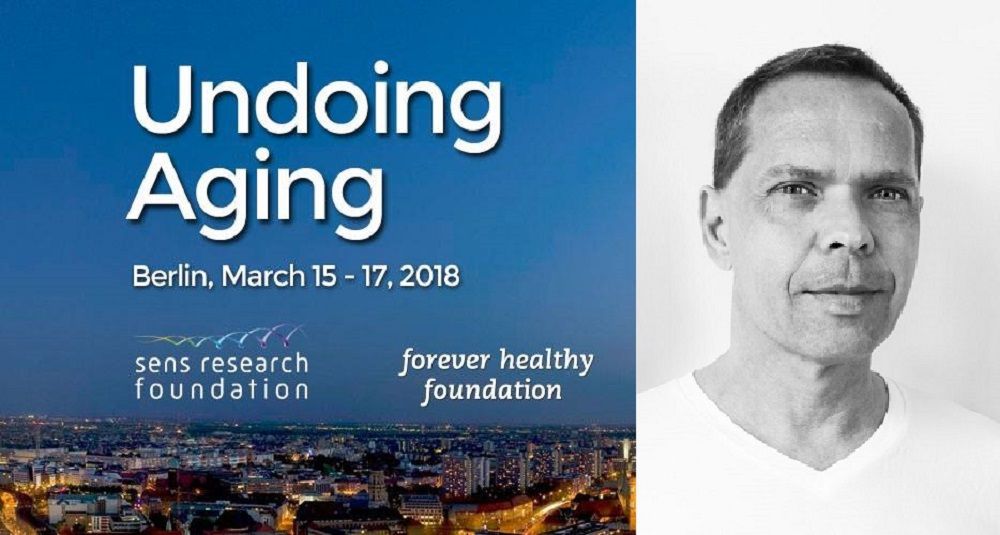
On the run up to Undoing Aging 2018, Nicola Bagalà from LEAF did an interview to learn a bit more about our foundation and the story of our involvement in life extension.
As our readers probably already know, from March 15 to March 17 this year, the Undoing Aging 2018 Conference will be held at the Umspannwerk Alexanderplatz in Berlin, Germany. The event is intended to bring together scientists working on repair-based therapies for aging as well as to give life sciences students—and anyone else who may be interested, really—an occasion to deepen their understanding of the current state of rejuvenation research.
Organised by the Forever Healthy Foundation and the SENS Research Foundation, the conference will feature eminent researchers among its many speakers, such as the director of the Wake Forest Institute for Regenerative Medicine, Dr. Anthony Atala; Dr. Kristen Fortney, who is an expert on computational drug discovery and aging biomarkers; Dr. Michael West, co-CEO of BioTime and founder of Geron Corporation; Dr. James Kirkland, a world-class expert on cellular senescence; and Dr. Vera Gorbunova, a pioneer of the comparative biology approach to the study of aging and co-director of the Rochester Aging Research Center. In addition to its scientific, educational, and networking value, UA2018 will no doubt greatly contribute to the popularisation of this area of research and help spread awareness, both about the problem represented by age-related diseases and the great opportunity we have to finally bring aging under comprehensive medical control within a relatively short time frame.
LEAF, naturally, will attend the event to keep you fully up to date, and our readers can expect extensive coverage during and following the event. Meanwhile, to whet your appetite, we caught up with Forever Healthy’s founder and CEO, Michael Greve, to learn a bit more about his foundation and the story of his involvement in life extension.
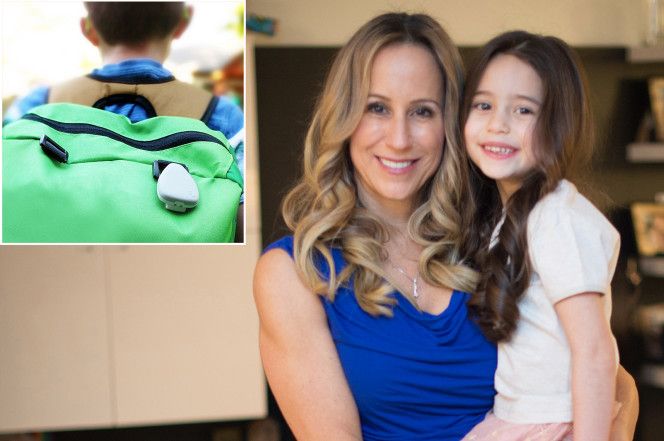
Parents have been stocking up on bulletproof backpacks, tracking devices and doorstops… to give children a fighting chance at surviving a gunman’s attack at school,” the N.Y. Post reports:
“BulletBlocker, a company that sells bulletproof backpacks ranging in price from $199 for a girly pink one to $490, has seen sales jump 300 percent since the Florida shooting.”
A $95 metal device called “JustinKase,” which is placed under a door and latches to the door’s jamb to prevent entry, was invented by a 17-year-old Wisconsin high school student, Justin Rivard.
Parents are taking safety from school shooters into their own hands.
Ever since last week’s massacre at Marjory Stoneman Douglas High in Parkland, Fla., caregivers have been stocking up on bulletproof backpacks, tracking devices and doorstops — anything to give children a fighting chance at surviving a gunman’s attack at school.
Lisa Singer, mother to a 6-year-old girl, Dylan, preordered a Jiobit, a GPS tracker designed specifically for kids, after hearing the horrific news of the 17 slaughtered in Florida on Feb. 14.

Research-based programs and practices to help protect children from gun violence in your homes, schools and communities.”
“People who are at-risk of hurting themselves or others often show signs and signals before an act of violence takes place. When you don’t know what to look for, it can be easy to miss signs, or dismiss them as unimportant, sometimes with tragic consequences.”
“It’s important to know that one warning sign on its own does not mean a person is planning an act of violence. But when many connected or cumulative signs are observed over a period of time, it could mean that the person is heading down a pathway towards violence or self-harm. By knowing the signs, you have the power to intervene and get help for that person. Your actions can save lives.”
Sandy Hook Promise trains students and adults to know the signs of gun violence so that no other parent experiences the senseless, horrific loss of their child. Join us.

“The last few years have seen a wide range of reports from governments, think tanks, consultancies and academics exploring how the future of work might look. Many of these have revolved around the impact technology, and especially AI, might have on how (and indeed whether) we work.
The latest effort, from Bain’s Macro Trends Group, takes a slightly broader view and examines not just the technological landscape but also demographic and economic forces.”
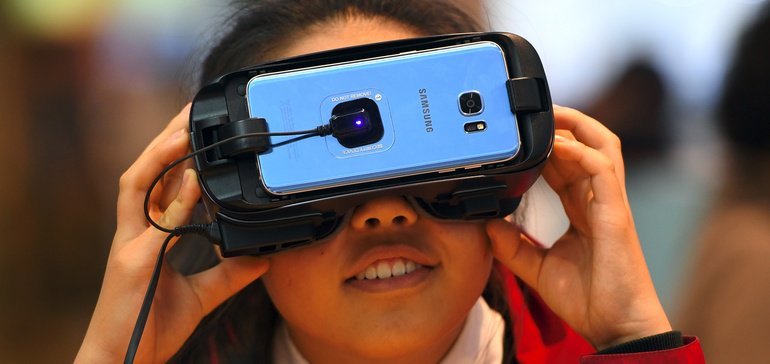
“Five Landmark students, including Hansen, spent a year developing the game-based learning experience that does away with specialized terms, symbols, and formulas of a typical statistics course and replaces it with a Pokemon-like first-person adventure that exercises statistical thinking.”
Is ageing a disease? One that can be ‘cured’? BBC’s Gabriela Torres meets the self-experimenters and scientists who are trying to dramatically extend our lives.
Please subscribe HERE http://bit.ly/1rbfUog
World In Pictures https://www.youtube.com/playlist?list=PLS3XGZxi7cBX37n4R0UGJN-TLiQOm7ZTP
Big Hitters https://www.youtube.com/playlist?list=PLS3XGZxi7cBUME-LUrFkDwFmiEc3jwMXP
Just Good News https://www.youtube.com/playlist?list=PLS3XGZxi7cBUsYo_P26cjihXLN-k3w246
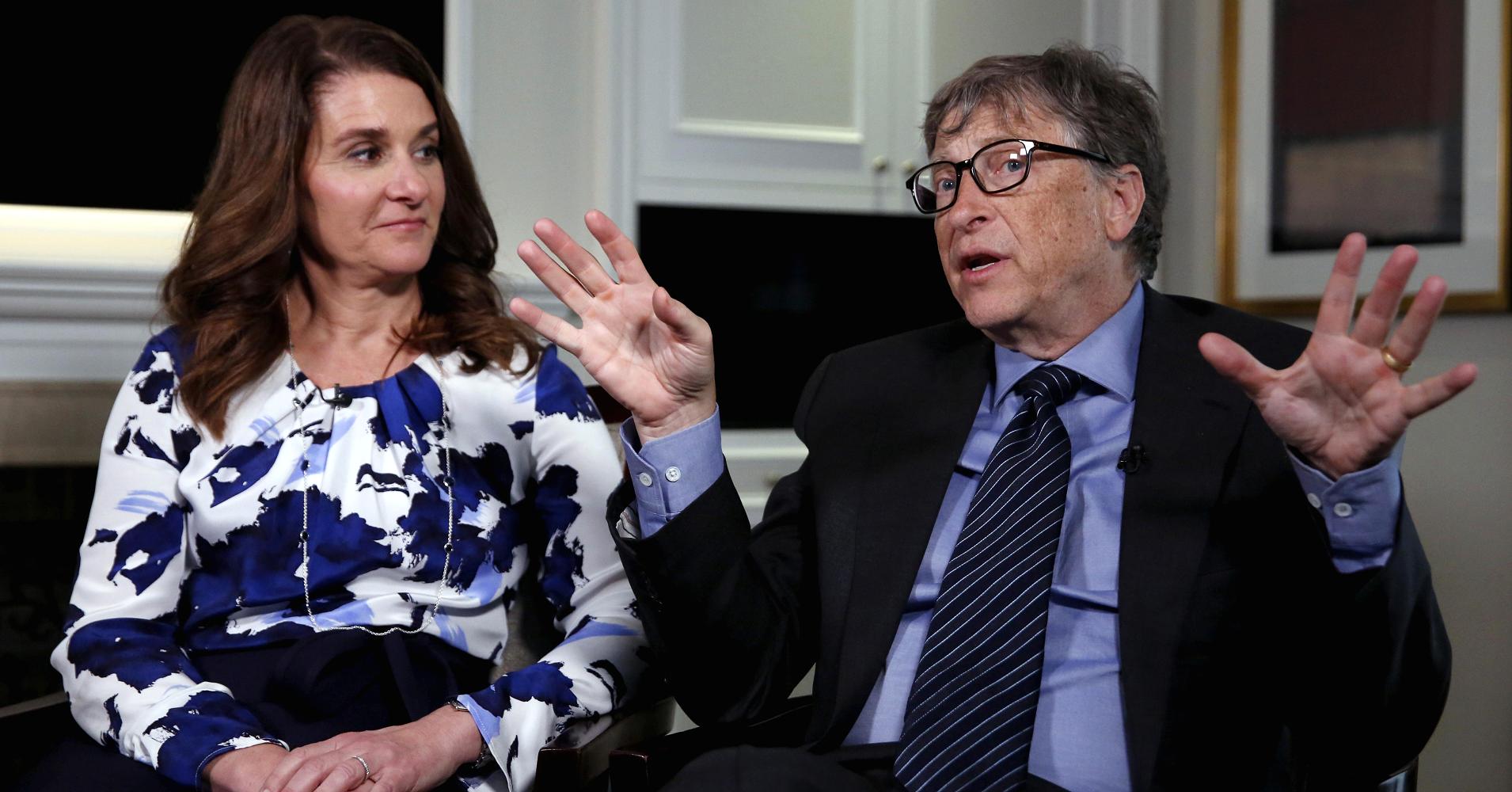
“There are two reasons to do something like this,” the letter says, referring to the $4 billion a year the foundation spends in developing countries trying to end child mortality, distribute vaccinations and improve access to education, plus another $500 million it shells out in the United States.
The billionaire philanthropists are committed to doing the best they can for the world with what they have.